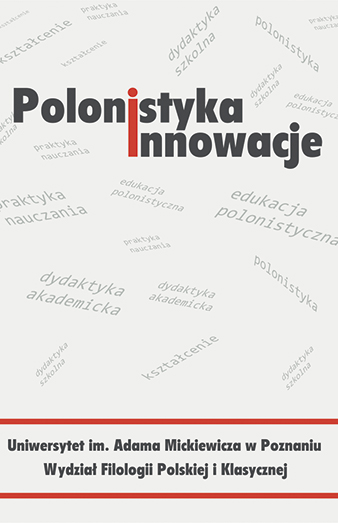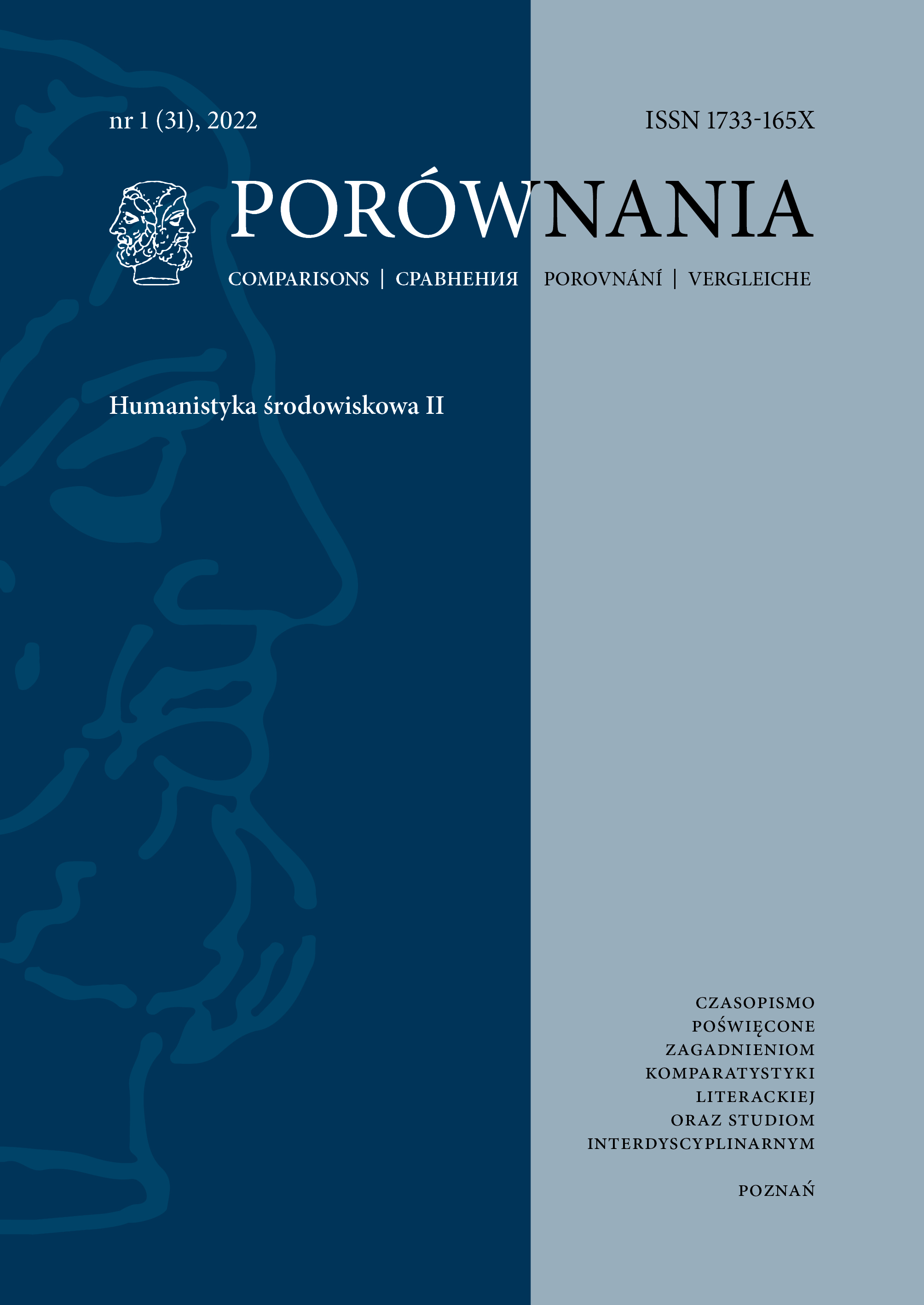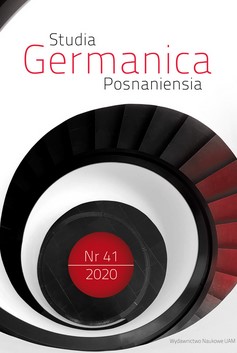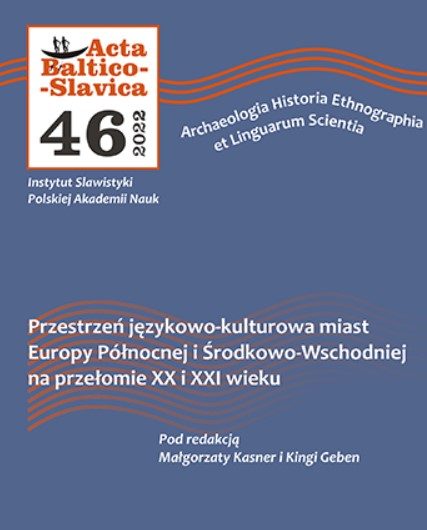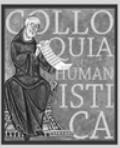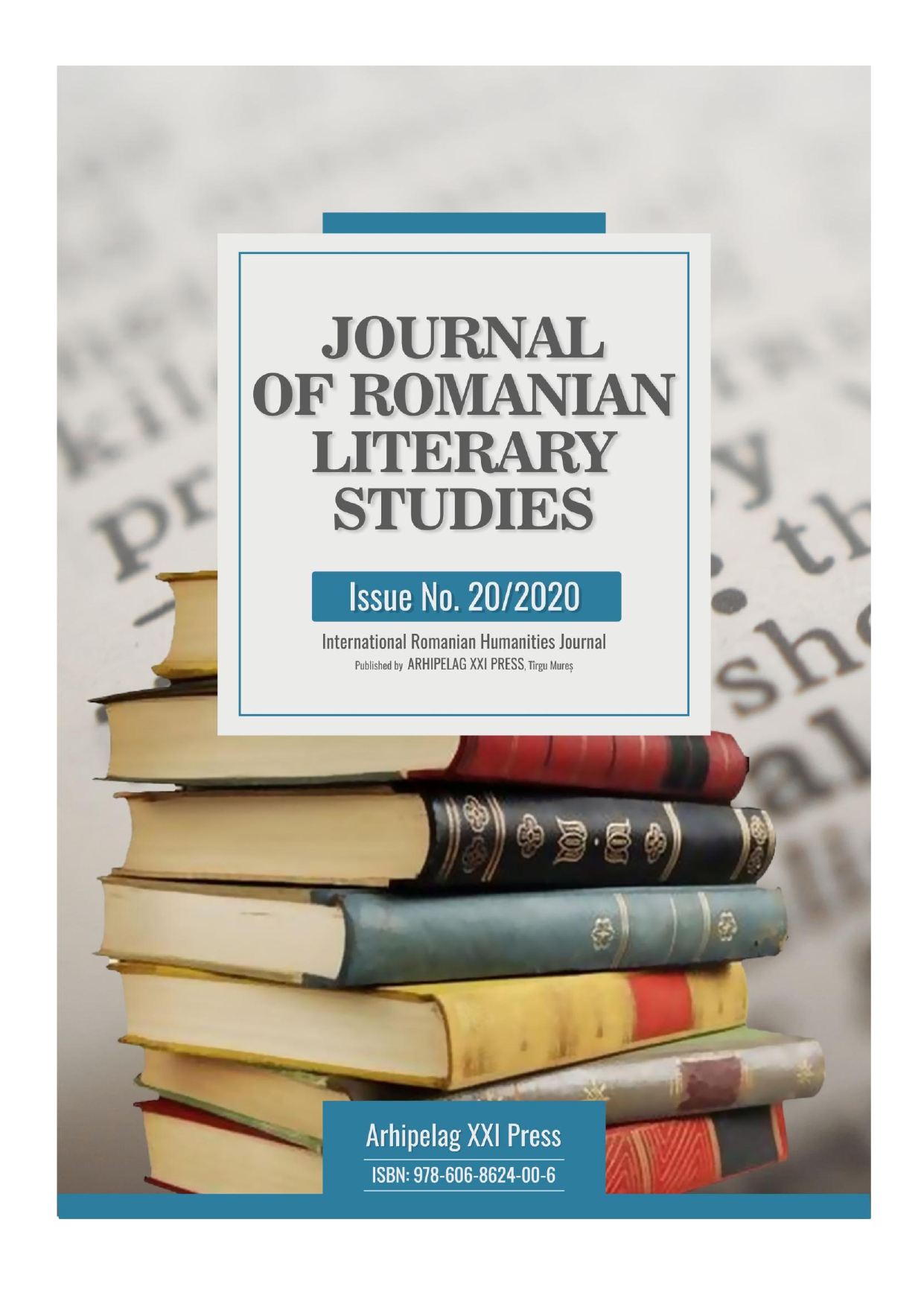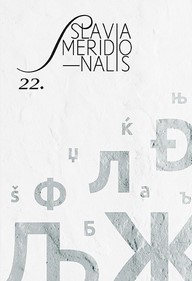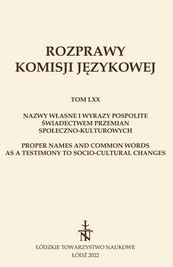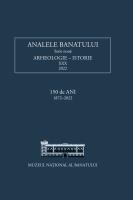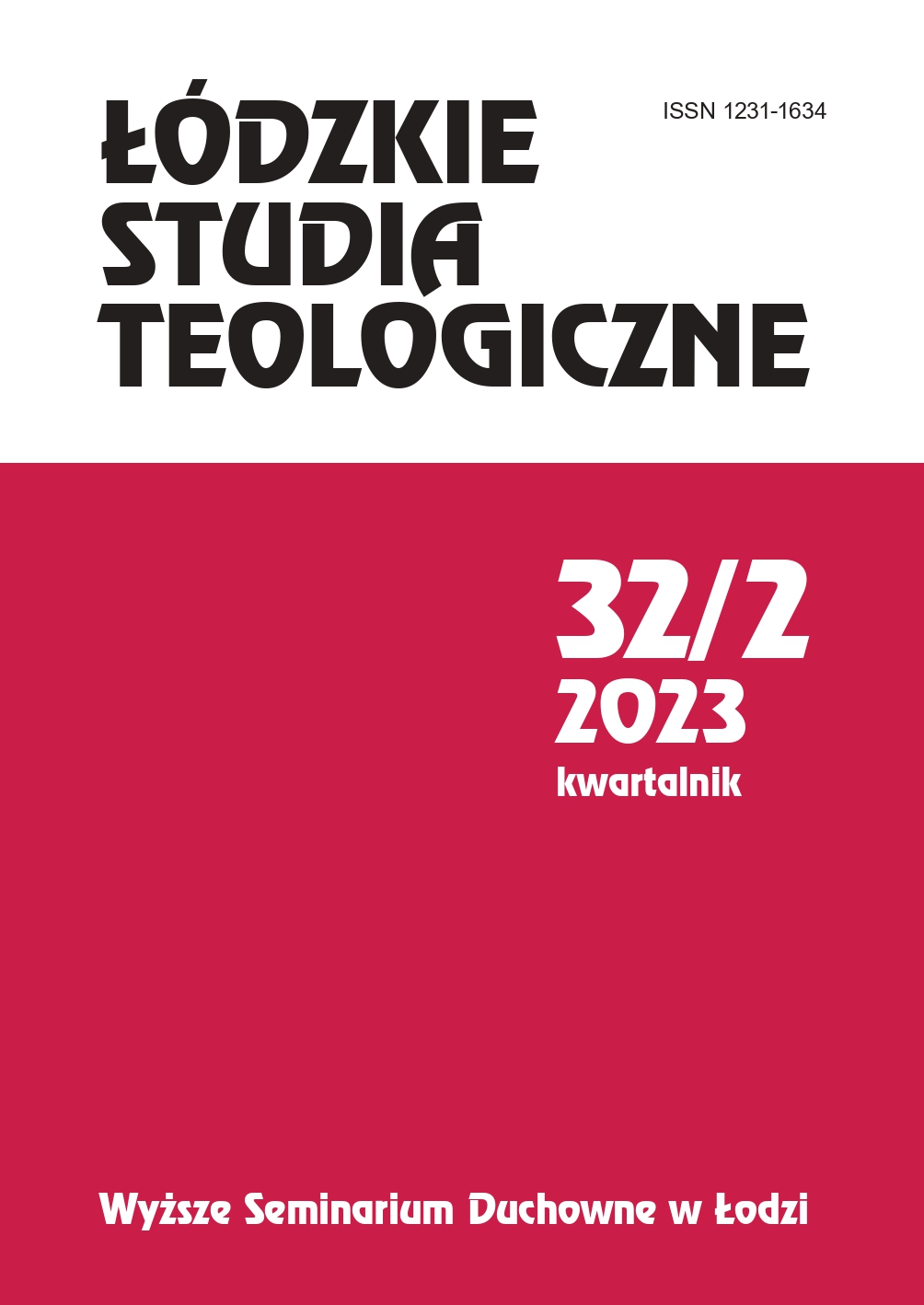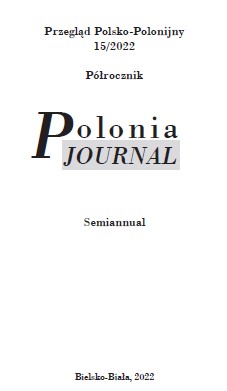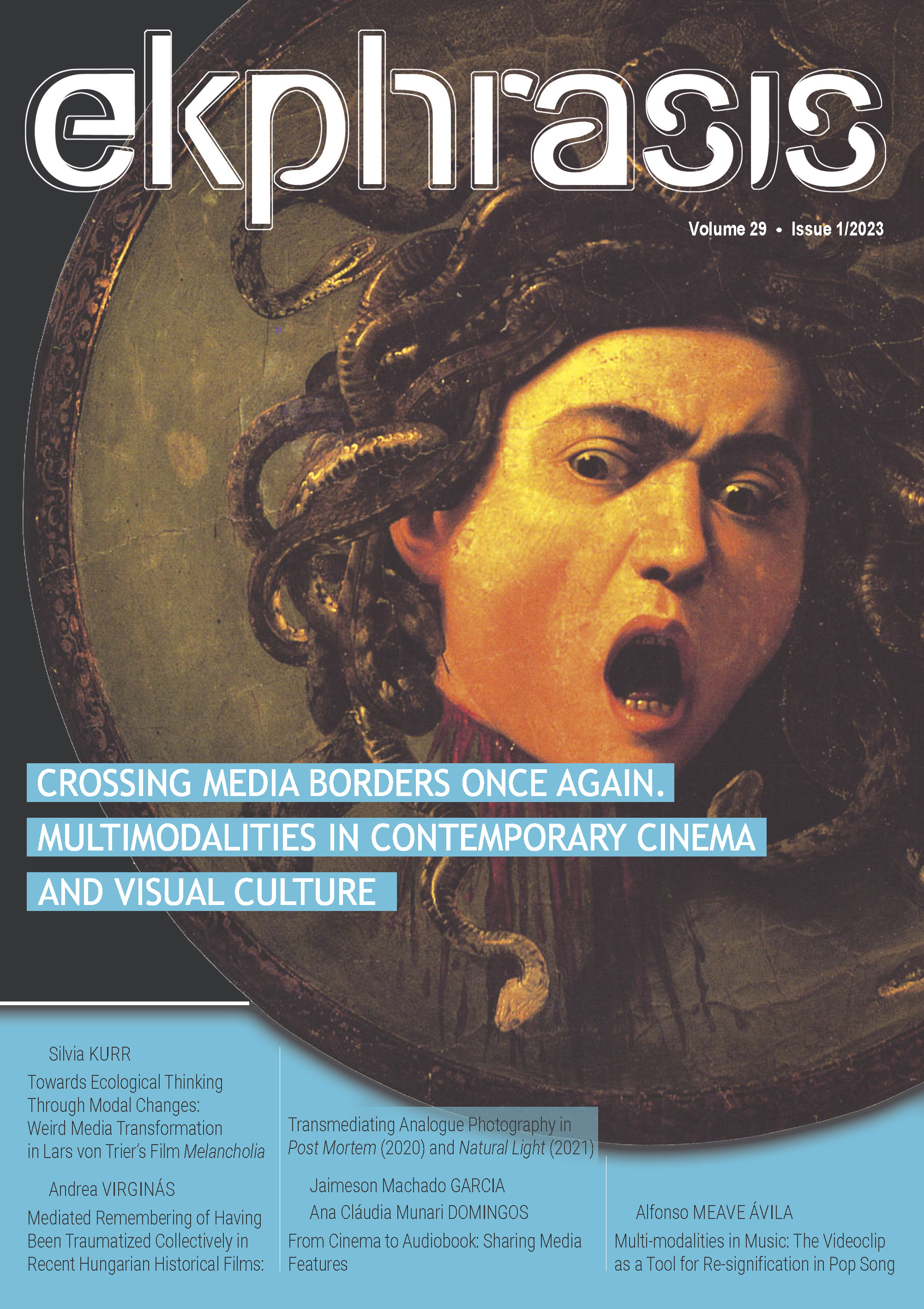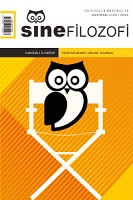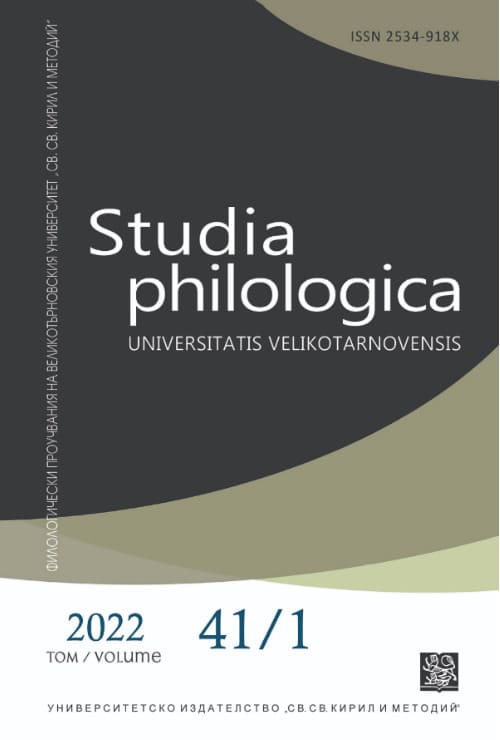
Женската гледна точка, предадена през съвременния киноезик
Feminism, which arose as a result of women’s struggles for equal rights in the 19th century and is exposed in Simone de Beauvoir’s book 𝑇ℎ𝑒 𝑆𝑒𝑐𝑜𝑛𝑑 𝑆𝑒𝑥, is eminently observed in modern culture. The article examines how the theme of female identity is presented in international film productions such as 𝑂𝑛 𝑡ℎ𝑒 𝐵𝑎𝑠𝑖𝑠 𝑜𝑓 𝑆𝑒𝑥, 𝑃𝑜𝑟𝑡𝑟𝑎𝑖𝑡 𝑜𝑓 𝑎 𝐿𝑎𝑑𝑦 𝑜𝑛 𝐹𝑖𝑟𝑒, 𝑃𝑟𝑜𝑚𝑖𝑠𝑖𝑛𝑔 𝑌𝑜𝑢𝑛𝑔 𝑊𝑜𝑚𝑎𝑛, 𝑁𝑜𝑚𝑎𝑑𝑙𝑎𝑛𝑑, and in Bulgarian films such as 𝐿𝑒𝑠𝑠𝑜𝑛, 𝐼𝑟𝑖𝑛𝑎, 𝑊𝑖𝑙𝑑 𝑎𝑛𝑑 𝐻𝑎𝑝𝑝𝑦, 𝑊𝑜𝑚𝑒𝑛 𝐷𝑜 𝐶𝑟𝑦; what the issues are that are raised and how the ideological stereotypes in cinema are discussed.
More...
